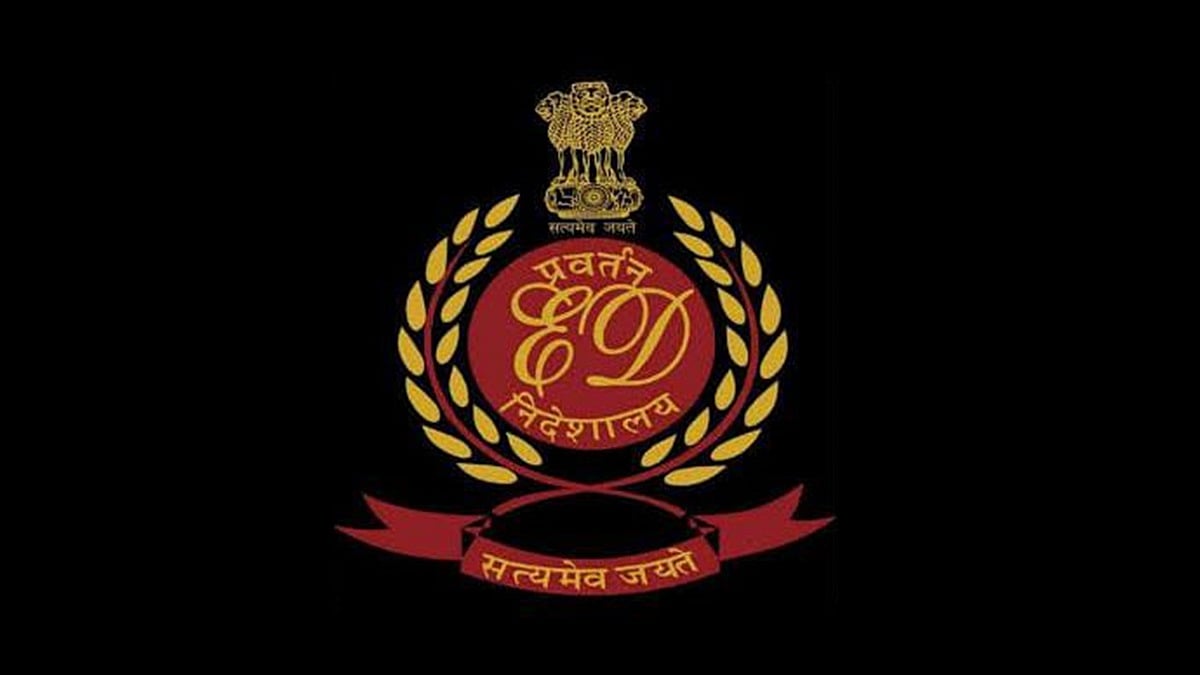The National Pension System (NPS) has not only become a popular retirement planning tool in India's metro areas but also in Tier 2 and Tier 3 cities.
The Government of India launched this initiative to offer a systematic approach to retirement savings. The NPS's dual-tier structure allows it to support a wide range of financial objectives, from offering flexible investment options to guaranteeing a steady income after retirement.
Understanding the withdrawal options available at each tier and how they impact long-term investment goals and portfolio management can have a significant impact on investors' retirement planning.
NPS offers Two Tiers
The NPS offers two main accounts, which include the optional Tier II account, which offers flexibility similar to that of a savings account or mutual fund, and the mandatory Tier I account, which is intended to encourage a disciplined approach to retirement savings.
Within the NPS framework, Tier I is the recommended option for retirement planning because of its tax benefits and withdrawal restrictions, which guarantee long-term financial security.
Because contributions to this tier are locked in until retirement, a sizable corpus is guaranteed. It is required to use a portion of the corpus to buy an annuity that pays out on a regular basis.
Withdrawl options
NPS Tier I accounts are made with retirement planning in mind. Withdrawals are limited to retirement, and at least 40 per cent of the corpus must be used to purchase an annuity.
Premature withdrawals prior to age 60 are permitted, though, in certain situations, such as in cases of serious illness, permanent disability, or other defined conditions.
In these situations, 20 per cent of the corpus may be withdrawn in one lump sum, and 80 percent must be assigned to an annuity.

Effects on portfolio management
When navigating the NPS tiers, investors need to think about how this will affect their portfolio management and long-term financial planning. With a focus on retirement savings, Tier I enjoys tax benefits under 80C to promote a disciplined investment approach and offer consistent pension income after retirement.
The goal of this structured investment path is to create a sizable and long-lasting retirement corpus by taking advantage of the compound growth of a diverse portfolio.










